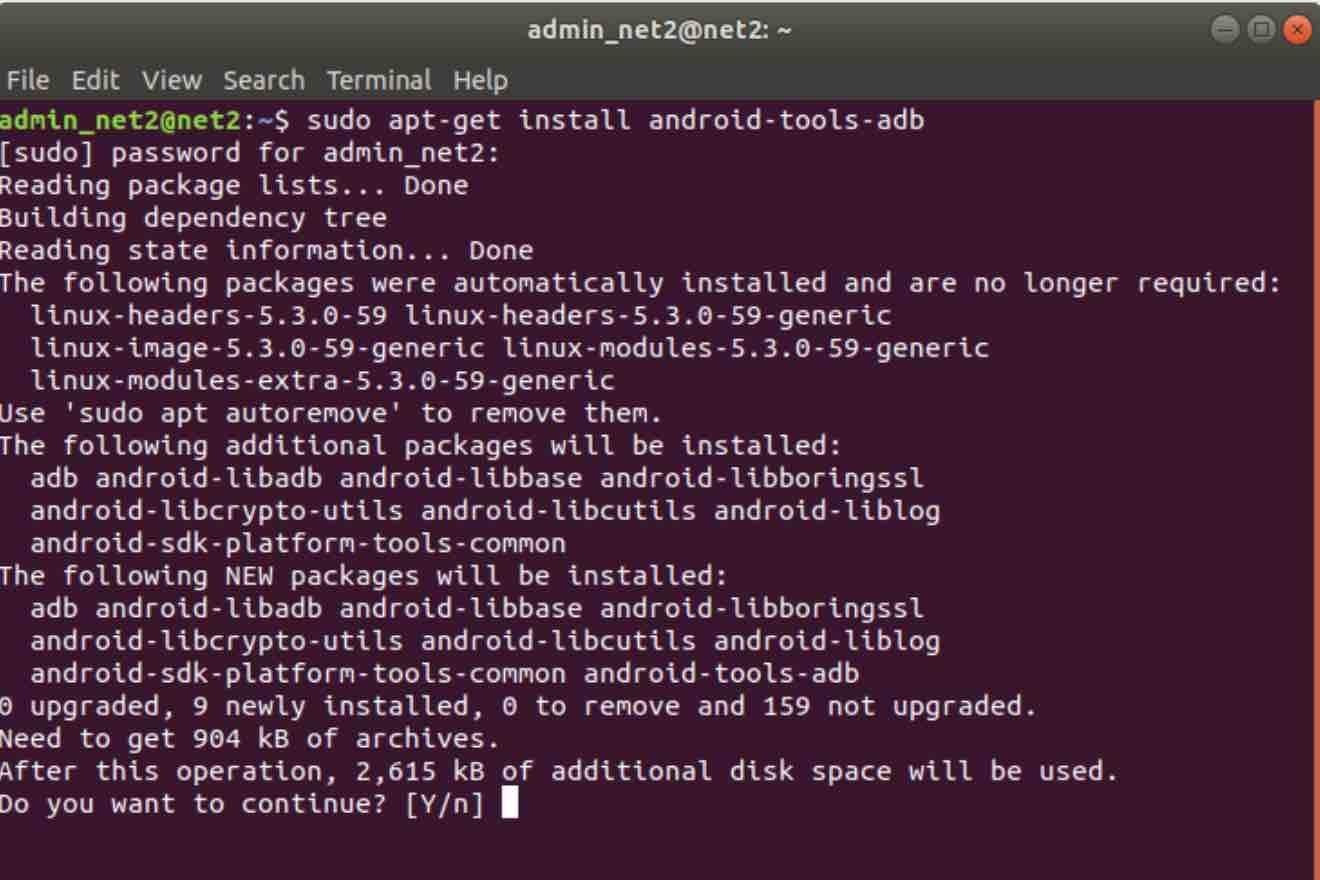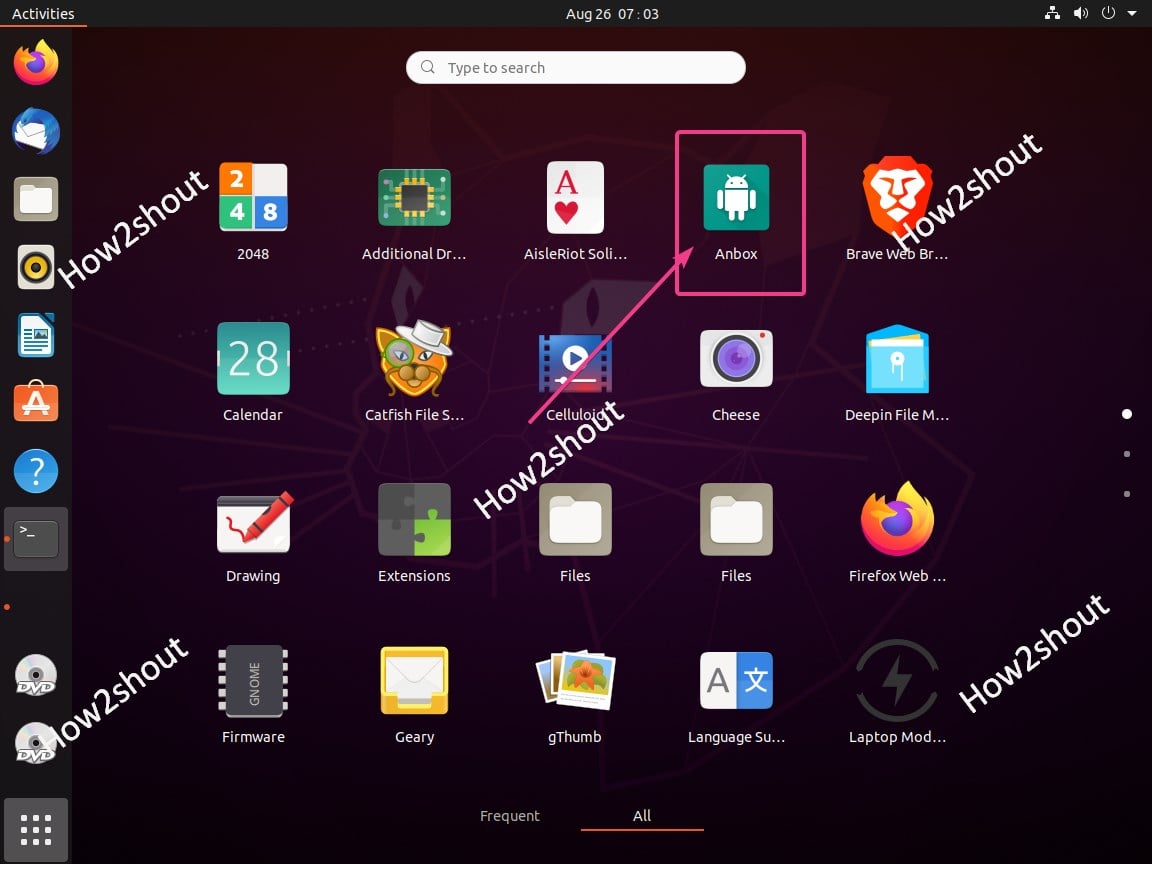

The /etc/apt/sources.list file is used to locate the desired packages.


All packages required by the package(s) specified for installation will also be retrieved and installed. Each package is a package name, not a fully qualified filename. APT simplifies the process of managing software on Unix-like computer systems by automating the retrieval, configuration and installation of software packages, either from precompiled files or by compiling source code.Īpt-get is the command-line tool for handling packages, and may be considered the user's "back-end" to other tools using the APT library.Īpt-get install is followed by one or more packages desired for installation or upgrading. More information about install using apt-getĪdvanced Package Tool, or APT, is a free software user interface that works with core libraries to handle the installation and removal of software on Debian, Ubuntu and other Linux distributions.


 0 kommentar(er)
0 kommentar(er)
